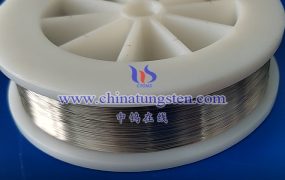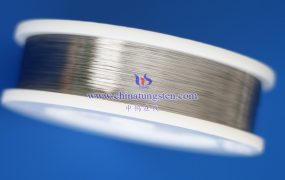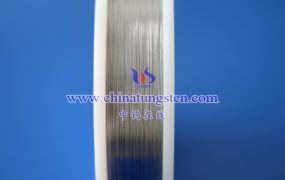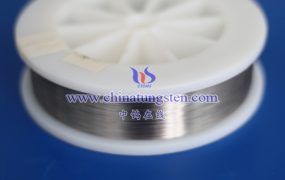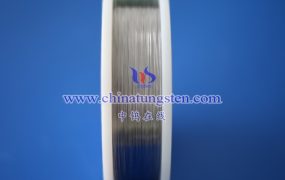The weight of the tungsten wire has a certain impact on the performance of the bulb, which is mainly reflected in the following aspects:
- Impact on filament resistance and luminous efficiency
The weight of the tungsten wire is related to its diameter and length, which directly affects the resistance of the filament. According to the resistance formula R=ρl/S (ρ is resistivity, l is length, S is cross-sectional area), when the resistivity is constant, the resistance of the filament is proportional to its length and inversely proportional to its cross-sectional area. Therefore, changes in the weight of the tungsten wire (i.e. changes in diameter and length) will lead to changes in resistance.
The effect of resistance change on luminous efficiency: The luminous efficiency of a bulb is related to the temperature of the filament, which is affected by both resistance and current. If the tungsten wire is too light (i.e. too thin or too short), the resistance may be too small, resulting in too large current at the same voltage, too high filament temperature, accelerated evaporation and aging of the tungsten wire, and reduced bulb life. On the contrary, if the tungsten wire is too heavy (i.e. too thick or too long), the resistance is too large, the current is too small, the filament temperature is insufficient, and the luminous efficiency is reduced.
The effect of resistance change on power: The power of a bulb is proportional to the square of the current and inversely proportional to the resistance. Therefore, changes in the weight of the tungsten wire will also affect the power of the bulb. Tungsten wires that are too light or too heavy may cause the power of the bulb to deviate from the design value, affecting the luminous effect and energy consumption.
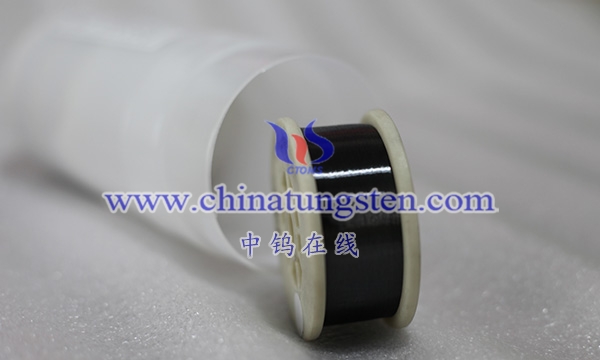
- Influence on the stability and life of the filament
Filament droop and deformation: When the tungsten wire is wound into a filament, new internal stresses of uneven deformation will be generated on its cross section. If the tungsten wire is too heavy, these internal stresses may be more significant, causing the filament to twist, deform and droop at the beginning of the burning point. Filament droop can seriously reduce the luminous efficiency of the bulb and may cause early failure of the bulb.
Thermal stress and fatigue: Since tungsten wires generate high temperatures during operation, they are affected by thermal stress. Overweight tungsten wires may be more susceptible to damage from thermal stress, leading to fatigue and fracture. In addition, the stress generated by overweight tungsten wires during thermal expansion and contraction may also be greater, increasing the risk of fracture.
- Impact on manufacturing cost and feasibility
Manufacturing cost: The weight of tungsten wires directly affects its manufacturing cost. Overweight tungsten wires require more raw materials and processing time, thereby increasing manufacturing costs. However, although overlight tungsten wires can reduce costs, they may lead to reduced performance and shortened life of the bulb.
Manufacturing feasibility: The manufacturing process of tungsten wires requires precise control of their diameter and length to meet design requirements. Overlight or overweight tungsten wires may increase manufacturing difficulty and unqualified rate, affecting production efficiency and product quality.
More details of tungsten wires, please visit website: http://tungsten.com.cn/tungsten-wires.html
Please contact CHINATUNGSTEN for inquiry and order of tungsten needles:
Email: sales@chinatungsten.com
Tel.: +86 592 5129595

